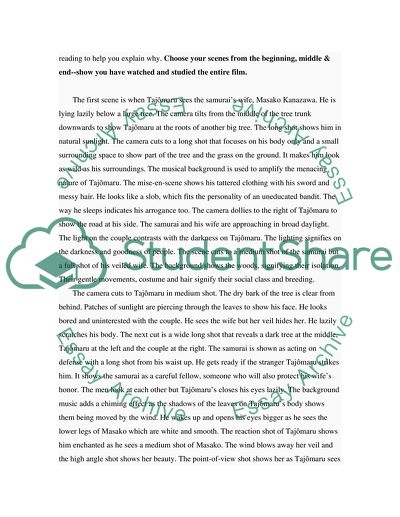Film responses 11 Movie Review Example | Topics and Well Written Essays - 500 words. Retrieved from https://studentshare.org/visual-arts-film-studies/1640480-film-responses-11
Film Responses 11 Movie Review Example | Topics and Well Written Essays - 500 Words. https://studentshare.org/visual-arts-film-studies/1640480-film-responses-11.


